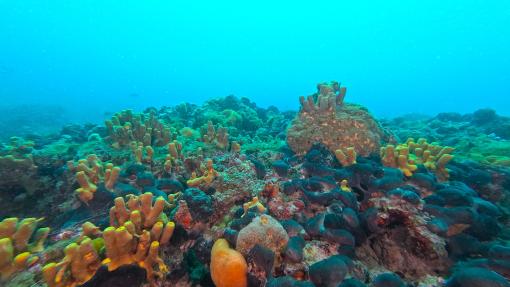Monitoring of the Grado trezze continues!
Our colleagues at Shorelines upported by OGS, periodically dive off the coast to observe the rich ecosystems typical of these marine rock formations. The biodiversity they host is so varied that they are also called the coral reefs of the Upper Adriatic.
The TRECAP project takes its name from the trezze (or tegnùe, depending on the region), rocky outcrops that break up the monotony of the sandy Adriatic seabed. These formations have different origins: some are organogenic rocks, produced by the skeletons of animal or plant organisms, while others are sedimentary and were formed by carbonate cementation or by the emergence of underwater methane gas.
The distance from the coast discourages many fishermen from approaching, and the particular formation of the trezze makes it difficult, if not impossible, to lower a trawl net and retrieve it without breaking it. This provides additional protection for the species that inhabit them: plants and seaweed grow undisturbed, providing shelter for fish, crustaceans, annelids, gastropods, echinoderms, ascidians, etc.
Protecting this environment means protecting countless forms of life!

